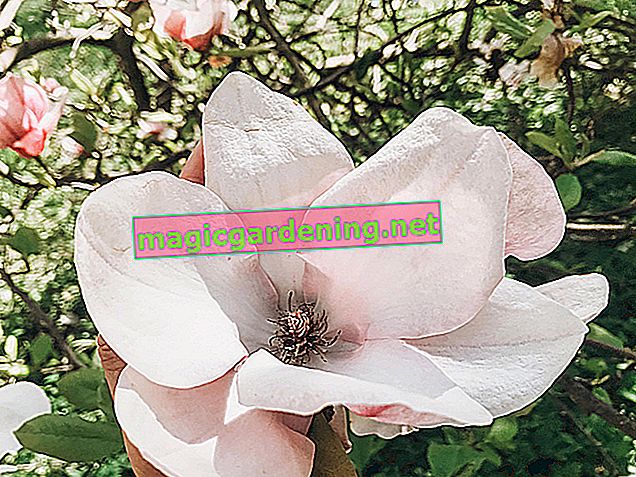
Ornamental quinces only bloom on perennial wood
Japanese and Chinese ornamental quinces develop their flowers and later the fruits only on branches that are at least three years old. The first pruning is therefore only carried out after the third year after planting.
also read
- Cutting cornel cherries - tips for the right cut
- Cutting hot peppers - golden rules for cutting back your sweet peppers
- Cut cypress hedge regularly - tips for pruning
No flowers form on annual and biennial shoots. Be careful when pruning, and watch out for which branches you are cutting.
For older plants, it is usually sufficient if you only use scissors every three years.
Cut back after flowering
A good time to cut back the quince is right after flowering. In doing so, remove the shoot tips and any twigs that grow inward.
Annual and biennial shoots should only be removed if they are much too dense or protrude strongly from the shrub.
When pruning, keep in mind that if you have removed too many young shoots, your ornamental quince will not bloom or bloom very little in the years to come.
Maintenance cut in autumn
When pruning in autumn, remove all:
- Dried branches
- Very old shoots
- Shoot tips
- Branches growing across the shrub
The cut is made directly on the branch or near the ground.
The taper cut
If the quince is very overgrown, a rejuvenating cut will help it to flower again. Please note, however, that this will mean that the ornamental quince will produce fewer flowers in the coming year.
To rejuvenate, cut about a third of all the shoots. Above all, branches that grow inward must be removed.
Cut the shoot tips
Regularly shorten the shoot tips of the ornamental quince. This makes the shrub bushier and denser. You can cut back the shoot tips at any time and use them to propagate cuttings in early summer.
Since most types of decorative quince are very thorny, you should always work with leather work gloves to avoid injuring yourself.
Tips & Tricks
When planting a wild fruit hedge made from quince, sea buckthorn, sloe and other wild bushes, you can do without cutting. You only have to shorten here if the hedge spreads too much.
Ce








